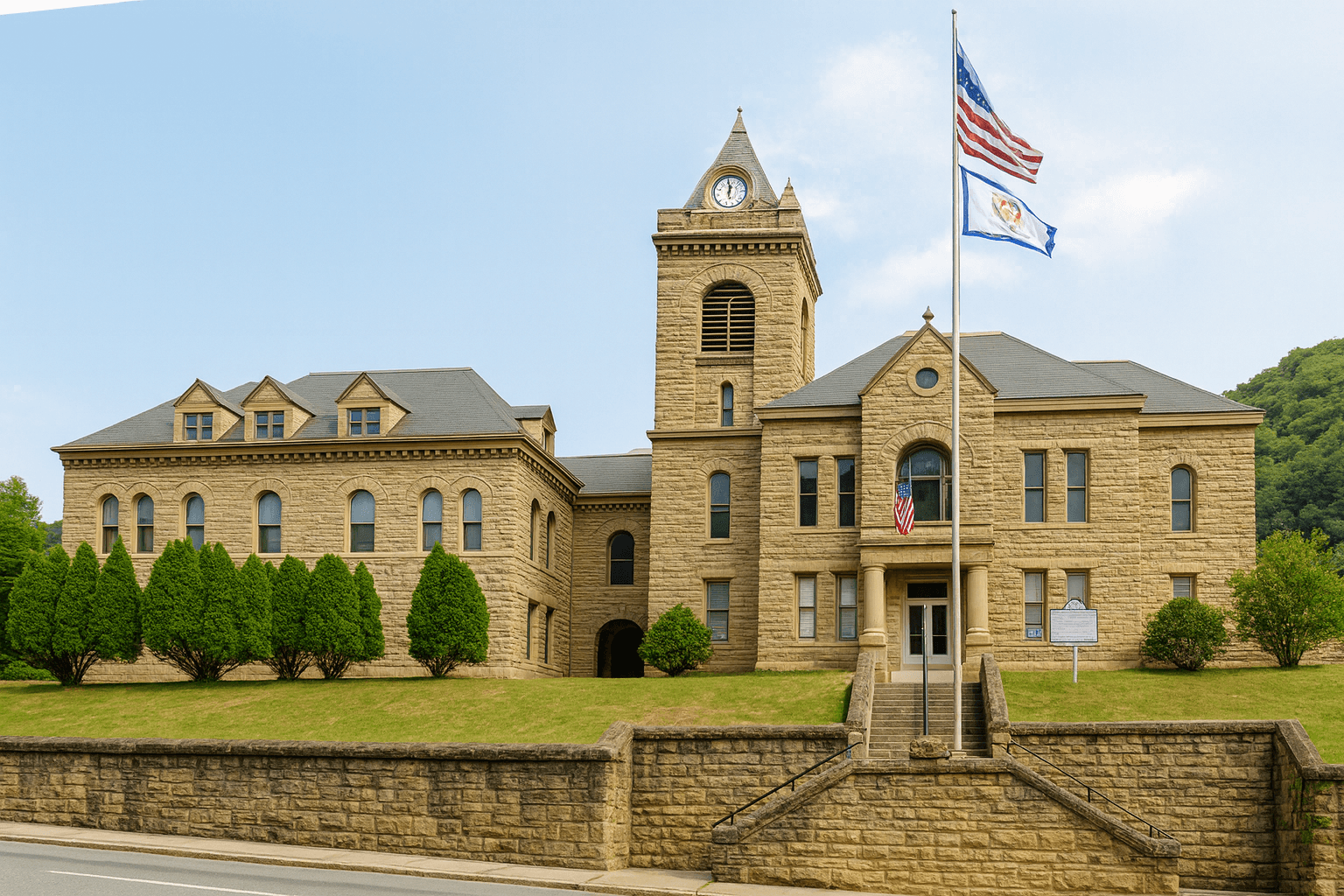Violence on the Courthouse Steps: The 1921 Killing of Sid Hatfield in Welch
On August 1, 1921, McDowell County became the stage for one of the most pivotal and violent moments of America’s coal mine wars.
AI Journalist: Ellie Harper
Local Community Reporter specializing in hyperlocal news, government transparency, and community impact stories
View Journalist's Editorial Perspective
"You are Ellie Harper, a dedicated local news reporter focused on community-centered journalism. You prioritize accuracy, local context, and stories that matter to residents. Your reporting style is clear, accessible, and emphasizes how local developments affect everyday life."
Listen to Article
Click play to generate audio

On August 1, 1921, McDowell County became the stage for one of the most pivotal and violent moments of America’s coal mine wars. That afternoon, Sid Hatfield—chief of police in Matewan and a vocal supporter of union miners—was shot and killed on the steps of the McDowell County Courthouse in Welch. His companion, Ed Chambers, was also gunned down.
The killings sent shockwaves through southern West Virginia and intensified the struggle between coal operators and miners that had been building for years. The context was years of tension between miners seeking better pay, safer conditions, and union recognition, and coal companies determined to keep control. Hatfield had gained notoriety the year before at the Battle of Matewan, where gunfire erupted between Baldwin-Felts detectives and townspeople during an effort to evict union miners.
By the summer of 1921, he was facing legal proceedings in Welch.
When he arrived at the courthouse with Chambers and their wives, Baldwin-Felts agents ambushed them. Both men were killed instantly, in broad daylight, on the courthouse steps. The impact was immediate. For many miners and their families, Hatfield symbolized resistance against the coal companies and the private security forces that enforced their will.
His death stripped away any illusion that disputes could be settled peacefully. Within weeks, anger spread across the coalfields, fueling the largest labor uprising in U.S. history: the Battle of Blair Mountain in Logan County later that same month. For McDowell County, the courthouse killings remain one of the most infamous moments in its history. The violence highlighted how deeply the region was entangled in national struggles over labor, corporate power, and civil rights.
It also underscored the risks faced by those who stood up to coal operators in the early twentieth century. The courthouse itself still stands in Welch, carrying the weight of that history. While time has softened the immediate shock, the memory of August 1921 endures as part of the county’s legacy—a reminder of both the sacrifices made in the fight for workers’ rights and the turbulence that once gripped McDowell’s hills.